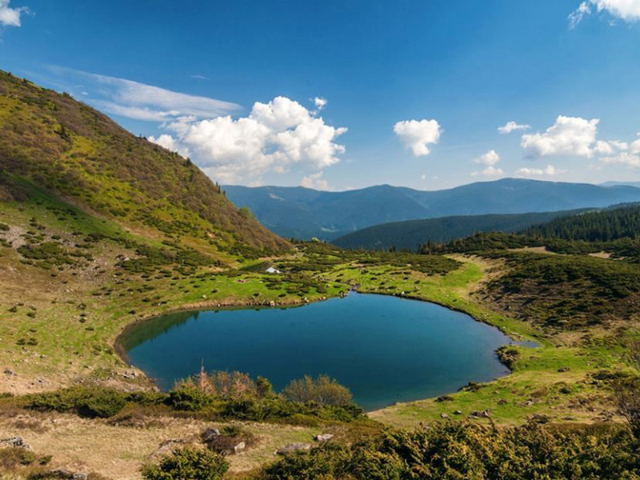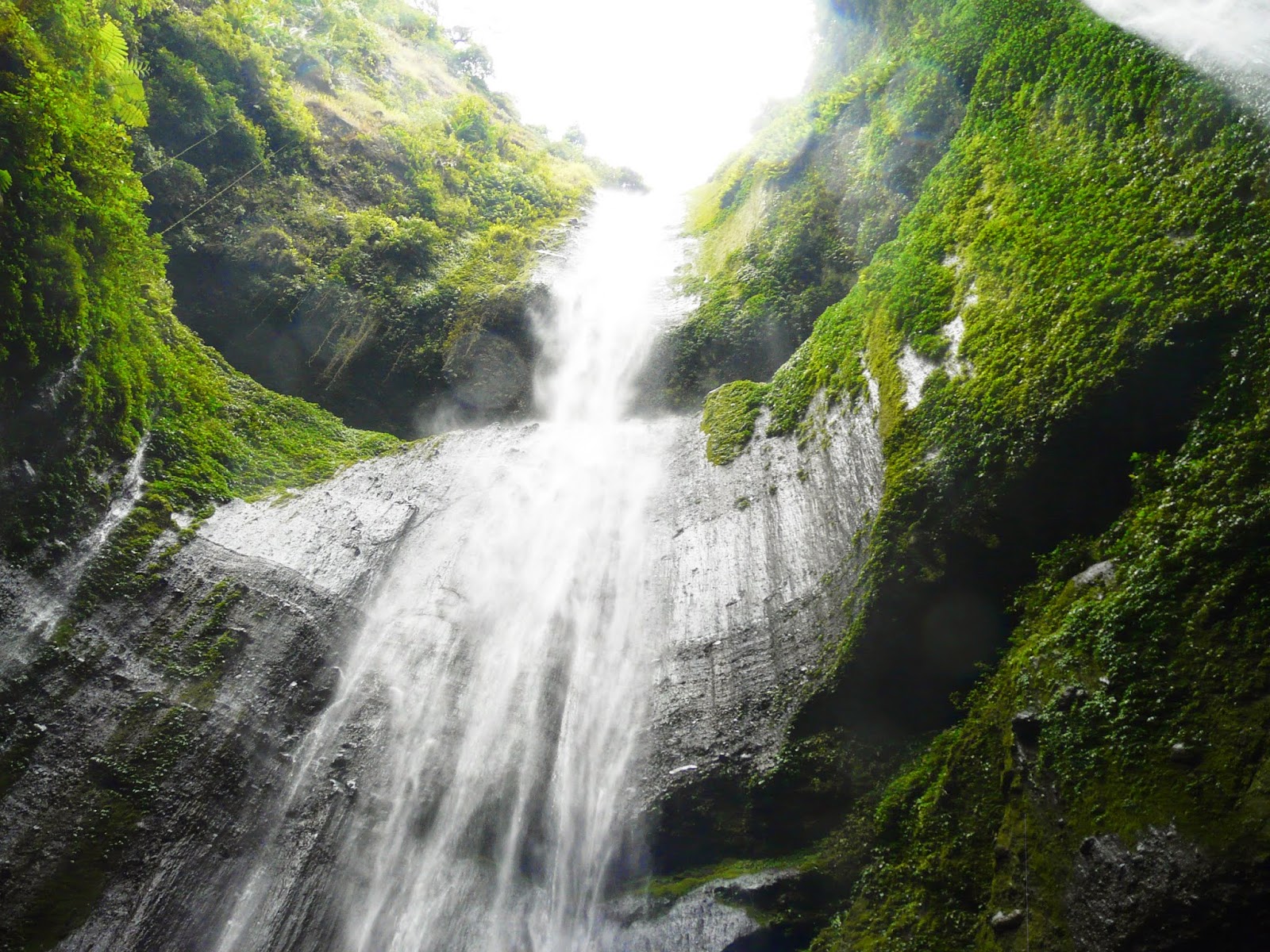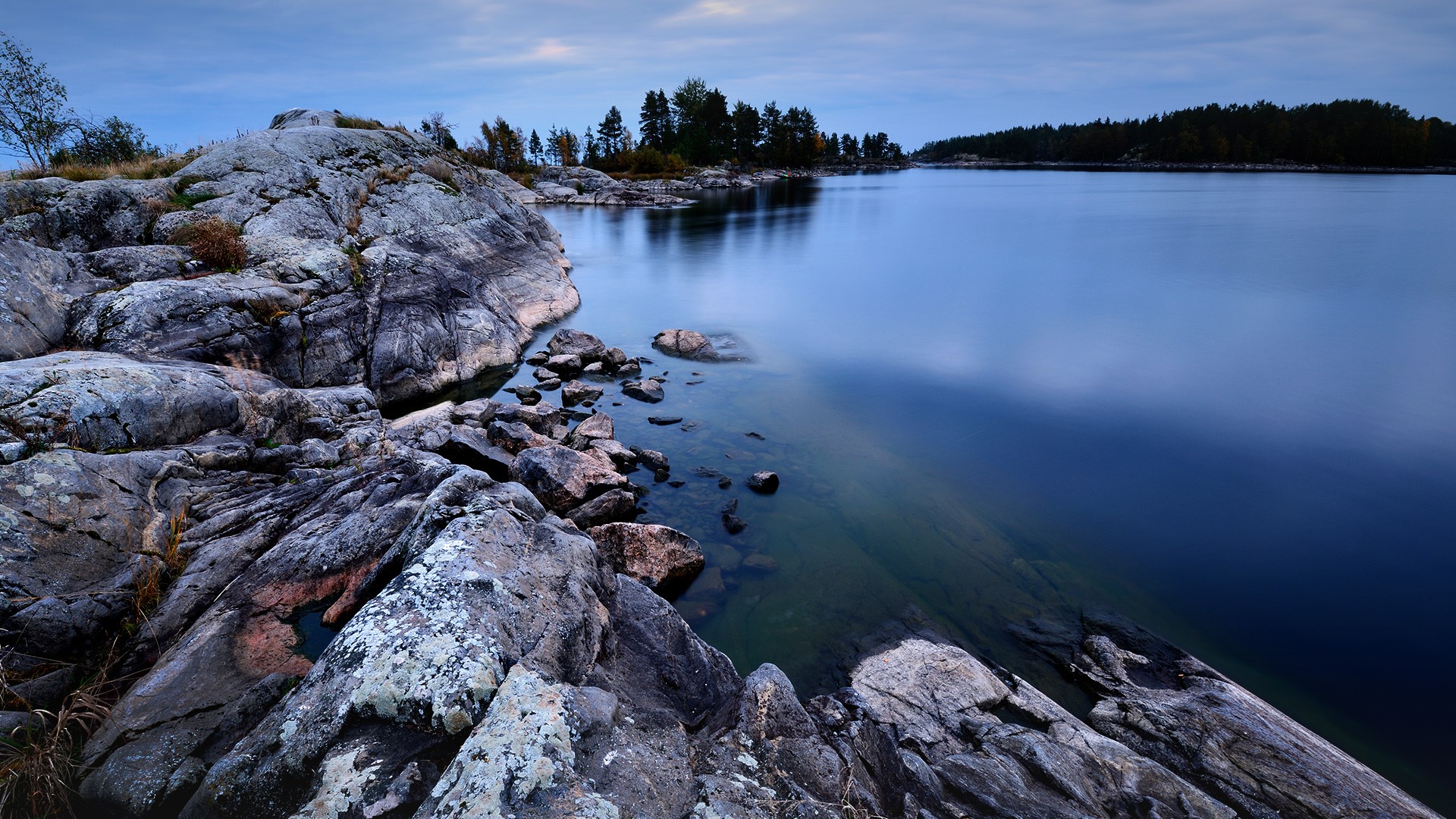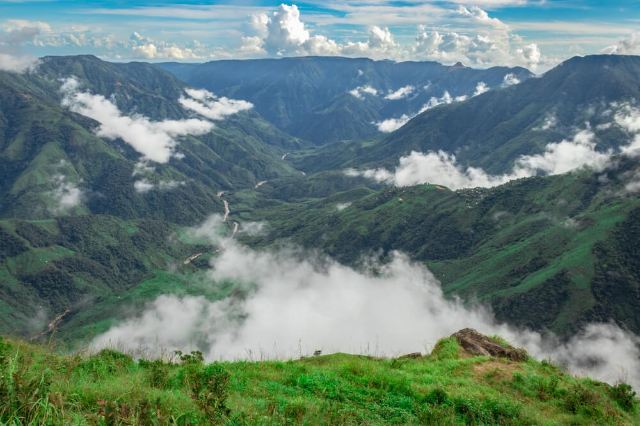The Carpathian Mountains or Carpathians are a mountain range system forming an arc roughly 1,500 km (932 mi) long across Central Europe, into Eastern, and in Southeastern Europe, making them the second-longest mountain range in Europe.Carpathian Mountains, a geologically young European mountain chain forming the eastward continuation of the Alps. From the Danube Gap, near Bratislava, Slovakia, they swing in a wide crescent-shaped arc some 900 miles (1,450 kilometres) long to near Orşova, Romania, at the portion of the Danube River valley called the Iron Gate. These are the conventional boundaries of these arcuate ranges, although, in fact, certain structural units of the Carpathians extend southward across the Danube at both sites mentioned. The true geologic limits of the Carpathians are, in the west, the Vienna Basin and the structural hollow of the Leitha Gate in Austria and, to the south, the structural depression of the Timok River in Serbia and in Montenegro. To the northwest, north, northeast, and south the geologic structures of the Carpathians are surrounded by the sub-Carpathian structural depression separating the range from other basic geologic elements of Europe, such as the old Bohemian Massif and the Russian, or East European, Platform. Within the arc formed by the Carpathians are found the depressed Pannonian Basin, composed of the Little and the Great Alfolds of Hungary, and also the relatively lower mountain-and-hill zone of Transdanubia, which separates these two plains. Thus defined, the Carpathians cover some 80,000 square miles (200,000 square kilometres).













